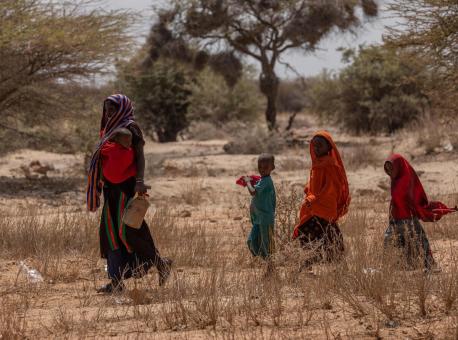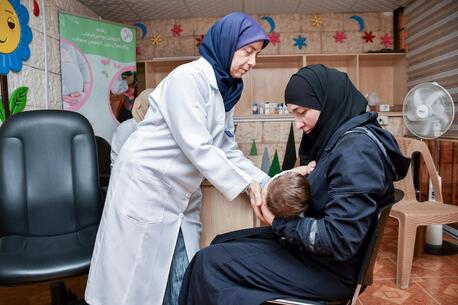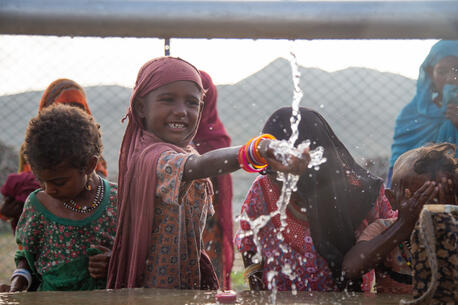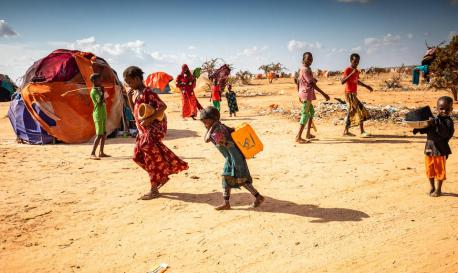
Emergency Relief for Children & Families in Drought-Stricken Ethiopia
Families are struggling for survival as a severe drought takes hold in four regions of Ethiopia.
Three consecutive failed rainy seasons have led to severe water scarcity, killing livestock and crops, forcing families out of their homes and increasing the risk of disease and severe malnutrition.
More than 6.8 million people in Ethiopia will need urgent humanitarian assistance by mid-2022
According to Government data, it is estimated that more than 6.8 million people in drought-impacted areas in Afar, SNNPR, Somali and Oromia lowland regions will need urgent humanitarian assistance by mid-2022.
The impact has been particularly severe in Somali and southern Oromia, where more than 156,000 children are out of school due to school closures, just when school meals are more crucial than ever. UNICEF is working closely with local governments to ensure children and families have access to safe water, nutrition, education and health care.
Iman Magan waited with other worried mothers so her malnourished young son could be evaluated at a UNICEF-supported mobile clinic in Somali region. A health worker measured the little boy's arm with a pediatric MUAC (mid-upper arm circumference) strip, then started him on a regimen of nutrient-rich Ready-to-Use Therapeutic Food. "I came seeking medication for my child," she said. "He was given medication and nutritious meals. I was met with great care."
UNCEF-supported mobile clinics are reaching malnourished children in Ethiopia with emergency health care and nutrition support
The drought is not confined to Ethiopia. Up to 20 million people living in four countries in the Horn of Africa — Eritrea, Ethiopia, Kenya and Somalia — are expected to need food and water assistance in the next six months. That's almost the equivalent of the total combined populations of Greece and Sweden.
"The region cannot cope with yet another perfect storm, combining COVID-19, conflict and climate change."
"Many of them are children, who are at even greater risk due to one of the worst climate-induced emergencies of the past 40 years," said UNICEF Regional Director for Eastern & Southern Africa Mohamed Fall. "The region cannot cope with yet another perfect storm, combining COVID-19, conflict and climate change. And yet, here we are. And it’s the children who are paying the biggest price for crises not of their making."
UNICEF is working closely with local governments to coordinate lifesaving assistance for families. You can help.
TOP PHOTO: A woman and her children cross a dry field near Saglo village, Somali region, Ethiopia, on January 20, 2022. Climate change has devastated families' livelihoods in the Ethiopian lowlands. Three consecutive failed rainy seasons have brought severe drought, forcing women and children to walk long distances from their homes in search of water. © UNICEF/UN0583941/ Video edited by Tong Su for UNICEF USA.
HOW TO HELP
There are many ways to make a difference
War, famine, poverty, natural disasters — threats to the world's children keep coming. But UNICEF won't stop working to keep children healthy and safe.
UNICEF works in over 190 countries and territories — more places than any other children's organization. UNICEF has the world's largest humanitarian warehouse and, when disaster strikes, can get supplies almost anywhere within 72 hours. Constantly innovating, always advocating for a better world for children, UNICEF works to ensure that every child can grow up healthy, educated, protected and respected.
Would you like to help give all children the opportunity to reach their full potential? There are many ways to get involved.





